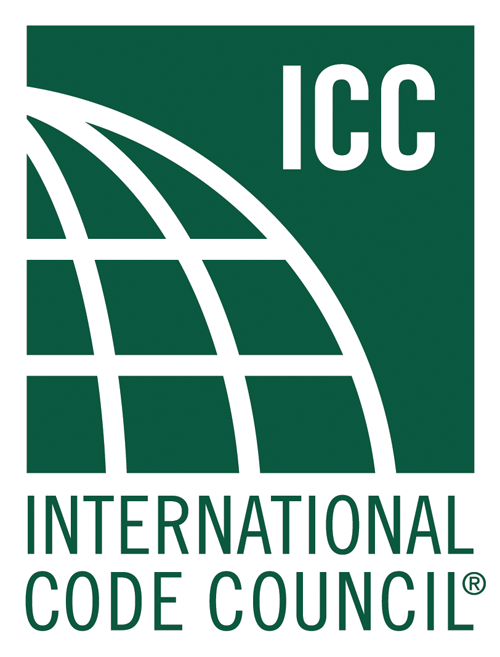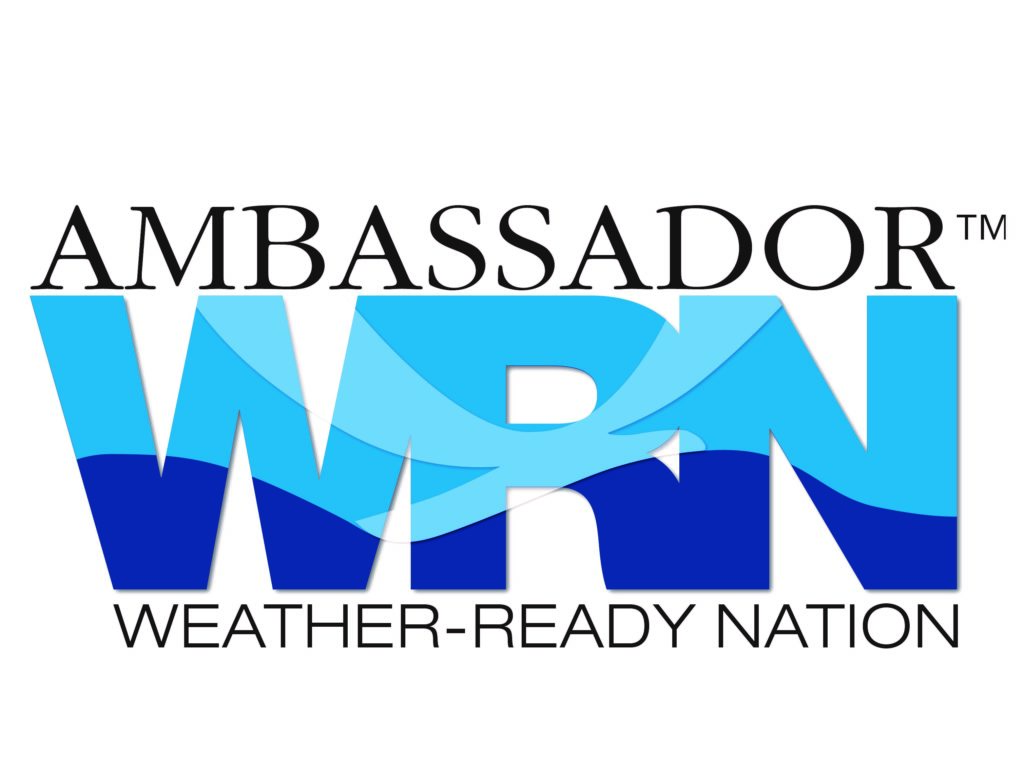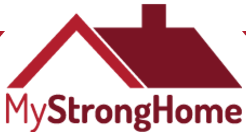White House Panel Discusses New Study by UA’s Insurance Research Center
A new study on the resale value of fortified home construction by The University of Alabama’s Insurance Research Center was the topic of discussion today at the White House. The panel discussed property loss mitigation – past, present, and future – at this morning’s White House Forum on Smart Finance for Disaster Resilience. The Alabama Center for Insurance Information and Research, and the Insurance Institute for Business & Home Safety were present for the panel discussion.
“This report is a great example of the practical application of academic research methods,” said Lars Powell, director of the Alabama Center for Insurance Information and Research. “We are very confident in the results and hope they will affect public and private behavior to make exposed communities more resilient to natural disasters.”
“During the past eight years, committed leadership from the White House has effectively framed and advanced the issue of mitigation throughout the public and private sectors,” said Debra Ballen, IBHS general counsel and senior vice president, public policy. “Today, people at all levels of government, as well as businesses and individuals are more focused on mitigating damage from severe weather risks than ever before.”
When asked what successful mitigation looks like, Ballen said strong, well-enforced building codes are the starting point, but there are limitations with codes. She noted that 13 states do not currently have statewide codes in place and many locations with codes do not enforce them effectively.
“This led IBHS to develop its voluntary, market-based FORTIFIED Home™ program, which is a set of engineering and building standards designed to help strengthen new and existing homes through system-specific building upgrades to minimum code requirements that reduce damage from specific natural hazards,” Ballen said.
The study, “Estimating the Effect of FORTIFIED™ Home Construction on Home Resale Value,” is about the effect of IBHS FORTIFIED Home™ designations on home values in Mobile and Baldwin counties in Alabama.
ACIIR’s study found that switching from a conventional construction standard to a Fortified designation increases the value of a home by nearly 7 percent—holding all other variables constant. Our findings suggests that building Fortified houses or retrofitting houses to meet Fortified standards is an economically sound investment. The additional cost of building or retrofitting is frequently is less than 7 percent of home value; therefore, the benefit of a Fortified designation is very likely to outweigh costs. This is without considering other direct benefits such as insurance premium discounts, potential uninsured rebuilding costs, and the inconvenience of temporary housing following a disaster. ACIIR adds that given the robustness of statistical results, they believe it appropriate for appraisers and financial institutions to reflect Fortified designations in appraisals for use in the mortgage process.
In addition to ACIIR staff, the report is coauthored with professors from Auburn University and the University of Mississippi with expertise in finance and real estate.
“This is tangible evidence that FORTIFIED homes are not only more disaster-resistant, they also are being valued higher in the marketplace,” Ballen said. “We need only look at the FORTIFIED homes that survived Hurricane Ike in 2008 on the Bolivar Peninsula in Texas, while virtually all others around them were demolished, to know FORTIFIED is a robust and effective resilient construction standard. Thanks to Dr. Powell’s research, we now know that FORTIFIED also increases the financial value of homes.”








